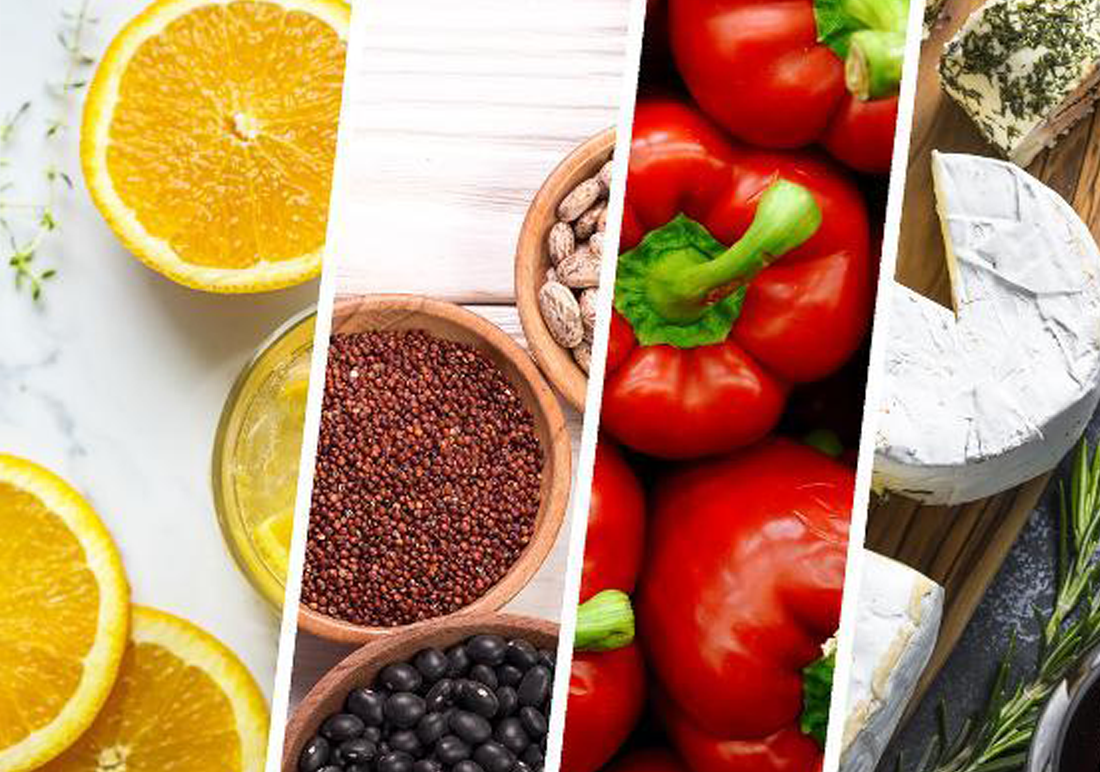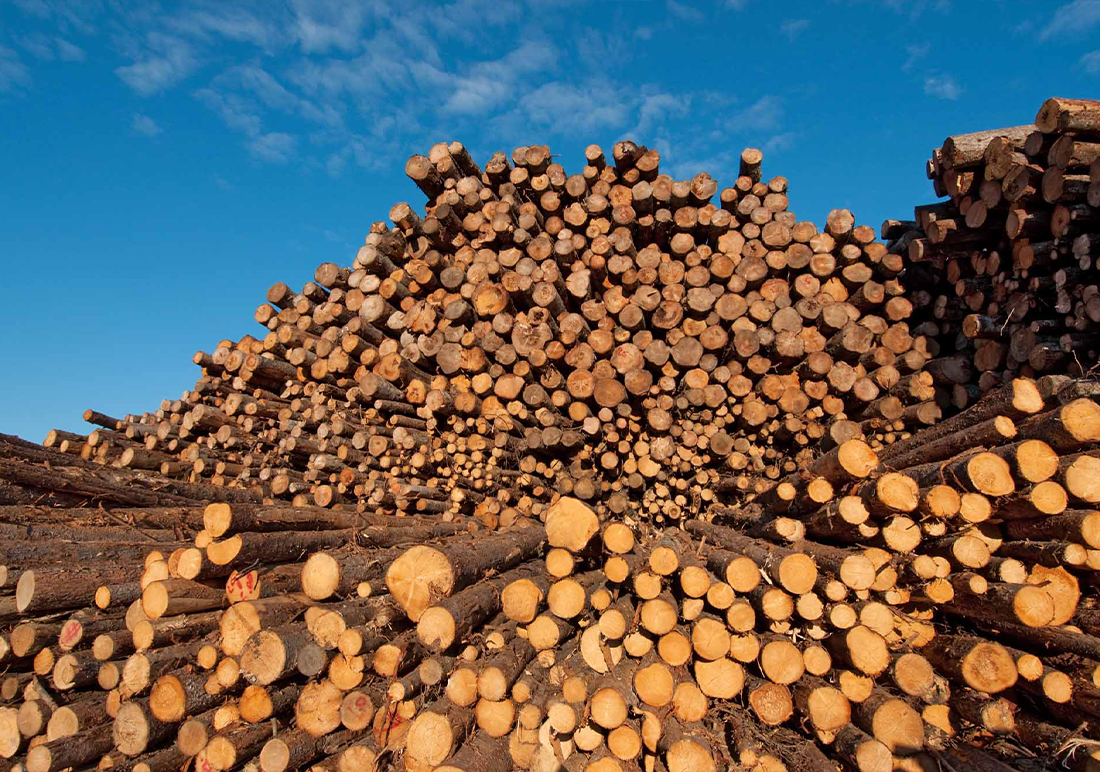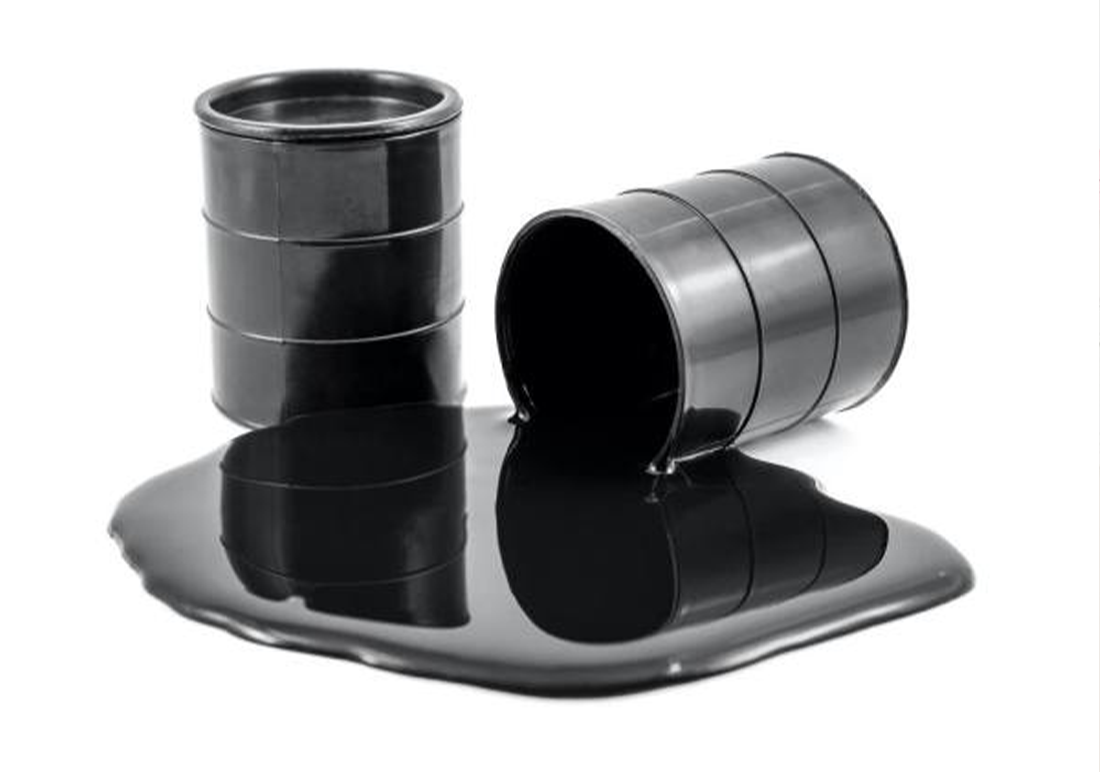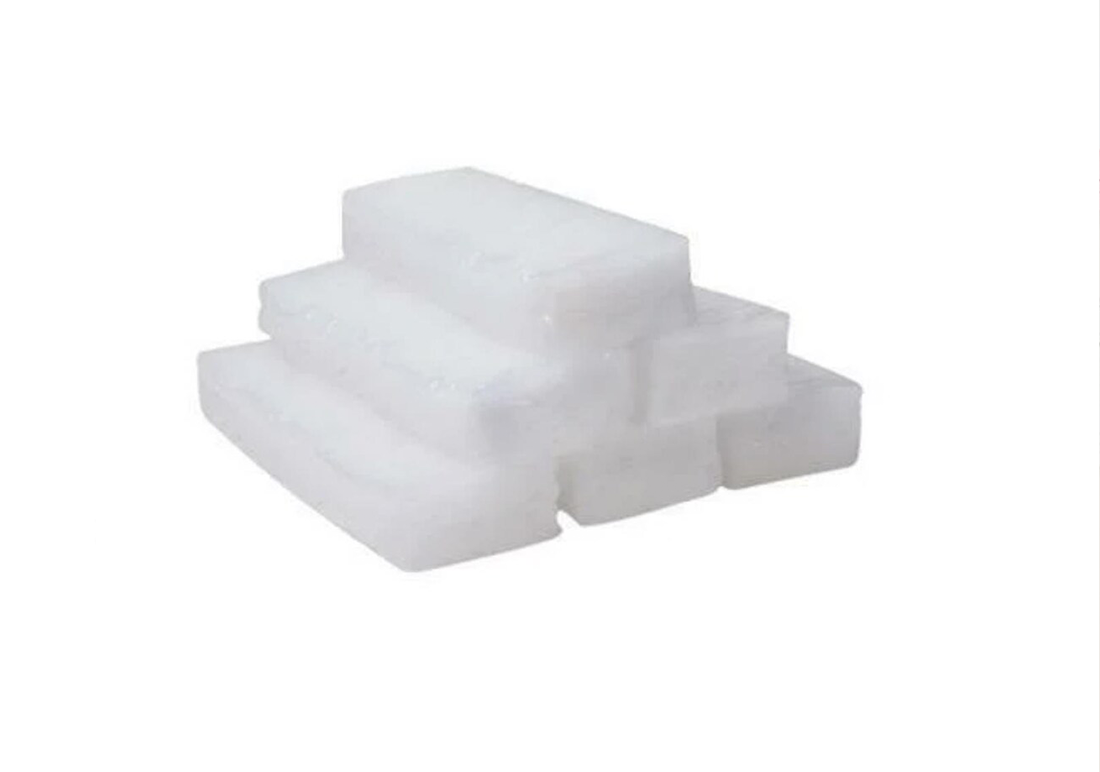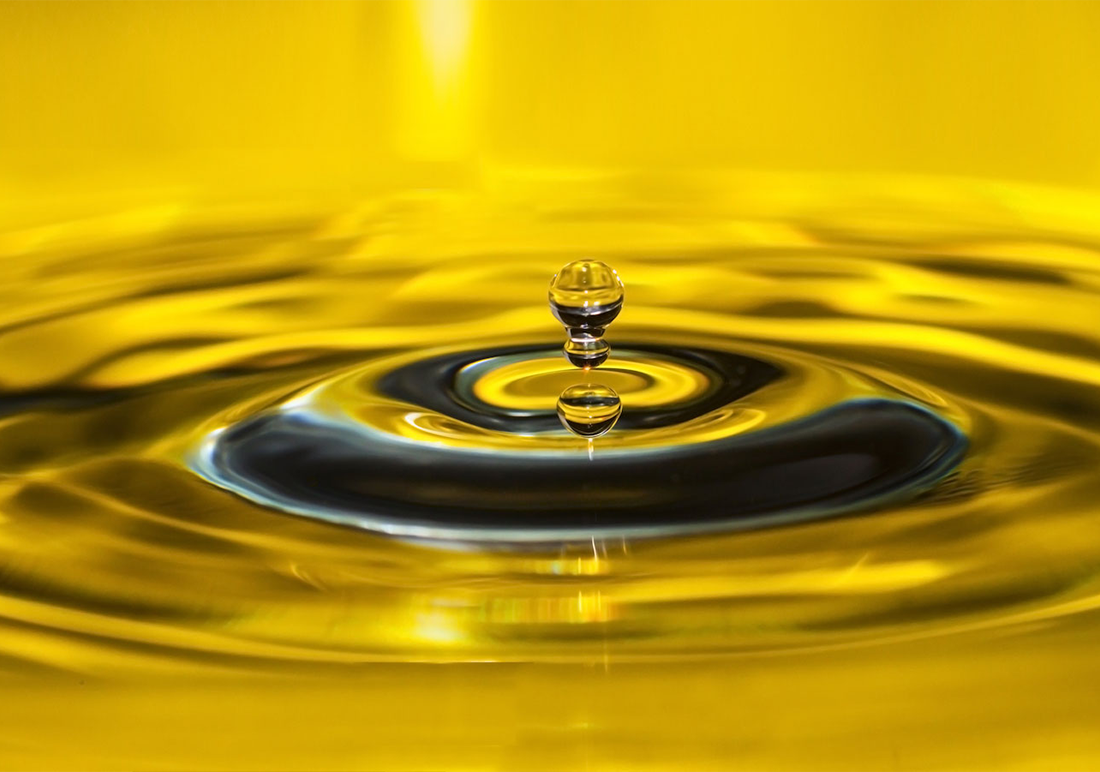Paraffin Wax: The Versatile Petrochemical With Endless Applications
Paraffin wax is one of the most widely used and commercially traded waxes in the world. Derived from refined crude oil, paraffin wax is prized for its purity, stability, and versatility. Whether it’s in the form of candles, cosmetics, packaging, or industrial coatings — paraffin wax plays a silent yet essential role across multiple sectors.
In this article, we’ll break down what paraffin wax is, how it’s made, its major uses, and packaging methods for international trade.
🧪 What Is Paraffin Wax?
Paraffin wax is a white or colorless solid hydrocarbon compound made from de-oiled slack wax, which itself is a byproduct of lubricating oil production. Paraffin is highly refined and typically odorless, tasteless, and non-reactive, making it ideal for cosmetic, pharmaceutical, and food-related applications.
It is available in several forms:
-
Fully Refined Paraffin Wax (FRPW) – High purity, <0.5% oil content
-
Semi Refined Paraffin Wax (SRPW) – Slightly higher oil content, used in industrial applications
-
Chlorinated or Microcrystalline Wax – For specialized industrial uses
🧴 Main Applications of Paraffin Wax
🕯 1. Candles
The most traditional and widespread use of paraffin wax. It offers a clean burn, holds fragrance well, and is moldable for decorative forms.
🧼 2. Cosmetics and Pharmaceuticals
Used in lip balms, creams, lotions, and ointments due to its emollient properties and chemical stability. It creates a protective barrier on skin.
🍫 3. Food Industry
Food-grade paraffin wax is used for coating cheeses, chocolates, and fruit to preserve freshness and shine.
📦 4. Packaging & Paper Coating
Adds moisture resistance to paper, cardboard, and corrugated packaging — especially in frozen or refrigerated goods.
🏭 5. Industrial Applications
-
Lubricants and grease thickeners
-
Electrical insulation
-
Crayon and rubber manufacturing
-
Polishes and anti-rust coatings
🧳 Paraffin Wax Packaging Options
Paraffin wax is exported in different physical forms — slabs, pellets, granules — and packaged depending on quantity and handling requirements:
-
Carton Boxes (with inner liners): Best for Fully Refined Paraffin in small volumes
-
Jumbo Bags: Suitable for large industrial buyers using semi-refined wax or flakes
-
Bulk Packaging: For high-volume industrial users
-
Shrink-Wrapped Pallets: Keeps slabs stable and clean during transport
Each packaging type ensures stability, hygiene, and ease of loading, especially during long-distance shipments.
🌍 Global Demand and Trade
Paraffin wax is produced mainly in China, Iran, India, South Korea, and Eastern Europe, while import demand is high in Africa, South America, and parts of Europe. Its affordability and adaptability make it a go-to raw material for many manufacturers worldwide.
✅ Key Benefits of Paraffin Wax
-
Chemically stable and non-toxic
-
Cost-effective and widely available
-
Easy to melt, mold, and blend
-
Highly customizable in terms of melting point and oil content
📌 Conclusion
Paraffin wax is a vital petrochemical that supports everyday products — from skincare to food preservation and from industrial coatings to candlelight. Its wide availability, versatile nature, and excellent shelf-life make it an essential export product for businesses in petrochemical and downstream sectors.
If you’re looking for a high-demand, multi-purpose product to add to your trade portfolio, paraffin wax is a strong contender.

